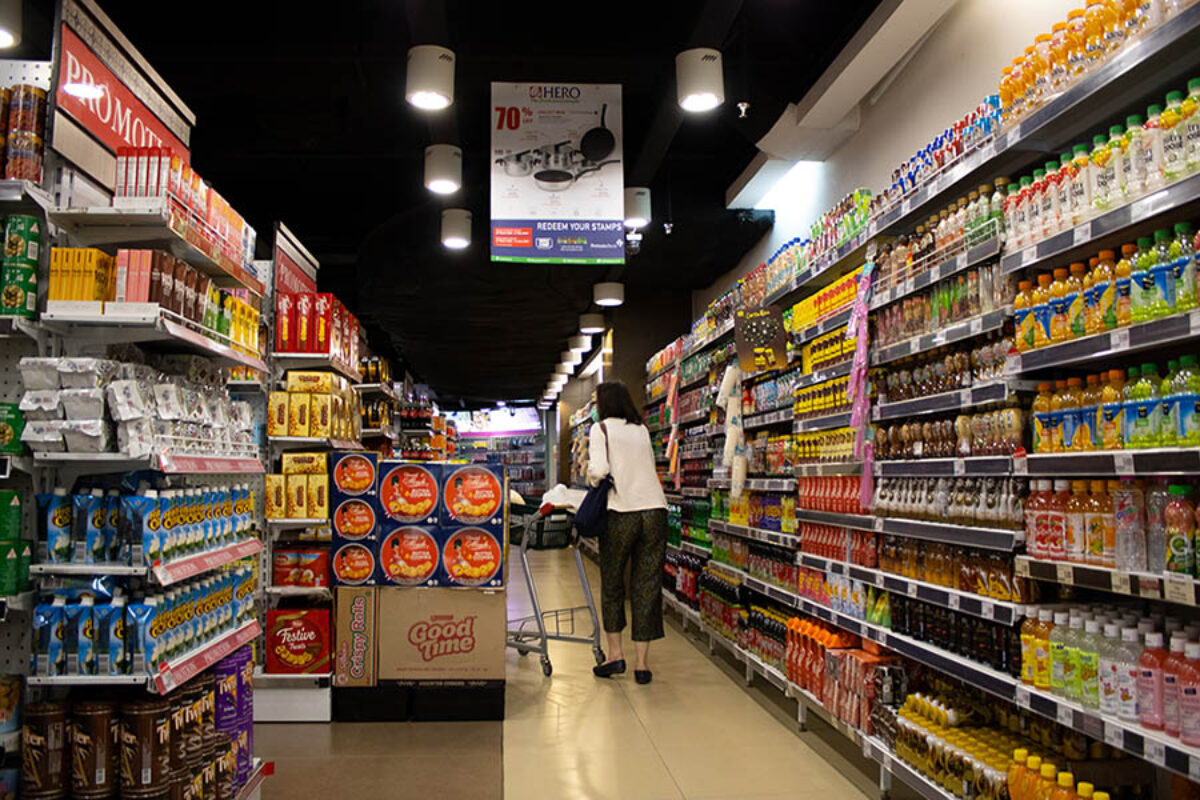
Ever wondered what goes on behind the scenes at your local grocery store? From the moment you step inside, a world of organization, logistics, and strategy unfolds. Grocery stores are more than just places to grab milk and bread; they are complex systems designed to make shopping efficient and enjoyable. Did you know that the average grocery store stocks around 40,000 items? That's a lot of choices! Plus, the layout isn't random. Stores use specific designs to guide you through aisles, encouraging you to buy more. Curious about how fresh produce stays so fresh? Or why certain items are always on sale? Let's dive into 10 fascinating facts about grocery stores that will change the way you shop!
The History of Grocery Stores
Grocery stores have evolved significantly over the years. From small, local markets to massive supermarkets, the way people shop for food has changed dramatically.
-
The first self-service grocery store, Piggly Wiggly, opened in 1916 in Memphis, Tennessee. Customers could pick their own items instead of relying on clerks.
-
Before supermarkets, people shopped at specialty stores for different items. Butchers, bakers, and greengrocers were common.
-
The concept of supermarkets took off in the 1930s. These stores offered a wide variety of products under one roof, making shopping more convenient.
The Layout of Grocery Stores
Ever wondered why grocery stores are arranged the way they are? The layout is carefully designed to encourage spending.
-
Essential items like milk and bread are often placed at the back of the store. This forces customers to walk through aisles filled with other products, increasing the chances of impulse buys.
-
Fresh produce is usually located near the entrance. The vibrant colors and fresh scents create a positive shopping experience.
-
End caps, the displays at the end of aisles, are prime real estate. Products placed here often see a significant boost in sales.
The Economics of Grocery Stores
Running a grocery store involves more than just stocking shelves. There are complex economic factors at play.
-
Grocery stores operate on thin profit margins, often around 1-2%. They rely on high volume sales to make a profit.
-
Private label products, or store brands, are more profitable for grocery stores. These products are usually cheaper for consumers but offer higher margins for the store.
-
Loyalty programs are designed to keep customers coming back. These programs often provide discounts and rewards, encouraging repeat business.
The Future of Grocery Stores
Technology and changing consumer habits are shaping the future of grocery stores.
- Online grocery shopping is becoming increasingly popular. Many stores now offer delivery and curbside pickup options to meet this demand.
Grocery Store Facts: The Final Scoop
Grocery stores are more than just places to buy food. They’re hubs of innovation, history, and community. From the first self-service store to the rise of online shopping, these facts show how grocery shopping has evolved. Understanding these changes can make your next trip to the store more interesting and efficient.
Remember, the layout of a store is designed to influence your buying habits. Fresh produce at the entrance, essentials in the back, and impulse buys near the checkout are all strategic. Knowing this can help you shop smarter and save money.
Next time you grab a cart, think about the history and strategy behind every aisle. Whether you’re a quick shopper or a leisurely browser, these facts add a new layer to your grocery store experience. Happy shopping!
Was this page helpful?
Our commitment to delivering trustworthy and engaging content is at the heart of what we do. Each fact on our site is contributed by real users like you, bringing a wealth of diverse insights and information. To ensure the highest standards of accuracy and reliability, our dedicated editors meticulously review each submission. This process guarantees that the facts we share are not only fascinating but also credible. Trust in our commitment to quality and authenticity as you explore and learn with us.
